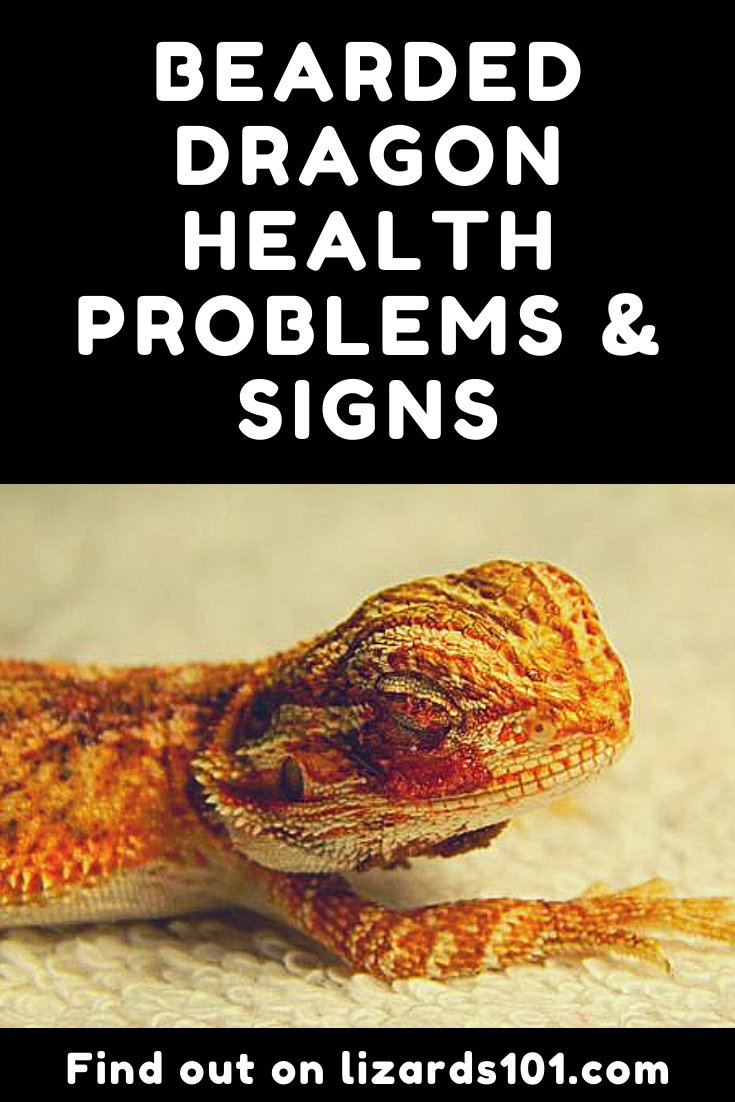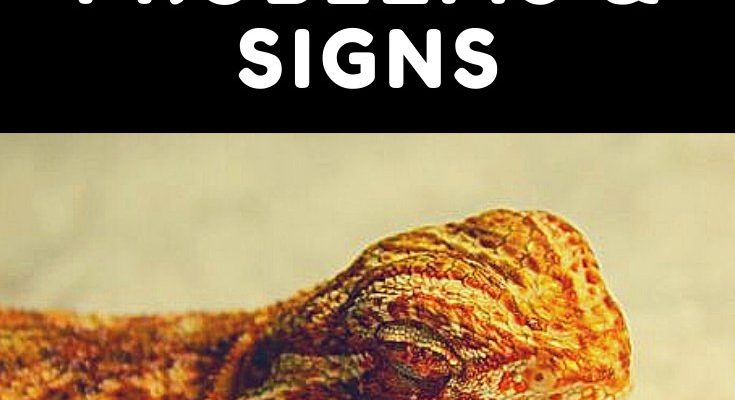
Picture this: you’ve just brought home a beautiful bearded dragon from your local pet store, all excitement and wonder. But soon, you start noticing some odd behavior—lack of appetite, lethargy, or maybe even some unusual bumps. These signs can be alarming if you’re unprepared. Knowing what to look for and how to respond can make a world of difference in your scaly friend’s life. You’re not alone in this—many bearded dragon owners face similar concerns, and we’re here to shed some light on it.
1. MBD (Metabolic Bone Disease)
Metabolic Bone Disease, or MBD, is one of the most serious health concerns for bearded dragons. Think of it as a kind of osteoporosis for reptiles. This condition occurs when your dragon doesn’t get enough calcium and vitamin D3, which leads to weak bones. You might notice your dragon is lethargic, has a bent spine, or suffers from muscle tremors.
To help prevent MBD, make sure your bearded dragon has access to a balanced diet rich in greens and insects. Foods like collard greens, mustard greens, and calcium-fortified crickets can be a lifesaver. Additionally, providing proper UVB lighting is crucial. This light mimics the sun and helps your dragon synthesize vitamin D3, vital for calcium absorption. If you’re unsure about your setup, try consulting with a vet about your lighting and dietary choices.
2. Respiratory Infections
Respiratory infections are another common issue. You might notice your dragon making strange noises or having a runny nose. These infections often occur when the environment is too cold or damp. Bearded dragons are pretty sensitive to temperature changes, and a chill can lead to trouble.
To prevent respiratory problems, keep an eye on the temperature in your dragon’s enclosure. The basking area should be around 95°F, while the cooler side can be about 80°F. A reliable thermometer will help you maintain these conditions. Also, make sure they have a dry and well-ventilated space. If your dragon starts showing signs of an infection, like wheezing or lethargy, don’t hesitate to visit a vet. Early treatment is key!
3. Parasites
Parasites are another health hiccup that can affect bearded dragons, often without any noticeable symptoms until it gets severe. These pesky invaders can mess with your pet’s ability to absorb nutrients. You might see signs like weight loss, diarrhea, or a bloated belly.
To prevent parasites, always source your dragon’s food from reputable suppliers. Regular vet check-ups are essential, too. A fecal exam can help catch any unwanted guests early on. If you suspect parasites, consult your vet right away for treatment options that are safe and effective.
4. Impaction
Impaction occurs when your bearded dragon eats something they can’t pass, like substrate or large pieces of food. Imagine if you tried to eat a sandwich whole—you wouldn’t feel great afterwards! Signs of impaction can include lethargy, a swollen abdomen, or not pooping for several days.
To help prevent impaction, offer the right-sized food. Smaller insects and chopped veggies are often safer. Plus, be careful with the substrate you use in your dragon’s habitat—sand or small gravel can cause serious issues. Opting for paper towels or tiles can be a safer choice. If you suspect impaction, immediate veterinary attention is crucial.
5. Skin Problems
Skin issues in bearded dragons can be quite common and might include shedding problems or skin infections. If your dragon has rough or flaky skin, it could be a sign of improper humidity or lack of hydration. Shedding is natural, but if it becomes a struggle, your dragon might need a bit of help.
To prevent skin problems, make sure your bearded dragon has a moist hiding spot where they can soak and help with shedding. Mist their enclosure lightly to maintain humidity, especially during shedding periods. If you notice any lesions or persistent shedding difficulties, a visit to the vet can help address these concerns before they escalate.
6. Obesity
Obesity is not just a human problem; it can affect our bearded dragon friends as well. If your dragon is overfed or lacks enough exercise, they might gain weight too quickly, leading to a host of health issues. Look for signs like difficulty moving, excessive fat deposits, or a reluctance to be active.
To keep your dragon healthy, focus on a balanced diet and provide plenty of opportunities for exercise. Create an engaging habitat with climbing branches and plenty of space to move around. Regularly monitor their weight to catch any fluctuations early on, and adjust their feeding routine if needed.
7. Importance of Regular Vet Check-Ups
Just like with any pet, regular veterinary check-ups can significantly enhance your bearded dragon’s health. A vet can perform physical exams and run necessary tests to catch potential problems before they turn serious. Think of it as a wellness check—better safe than sorry!
During these visits, make sure to discuss your dragon’s diet, habitat, and any behavior changes you’ve noticed. Your vet can provide tailored recommendations based on your pet’s needs. Establishing a good relationship with a reptile-savvy vet can truly be a game changer in managing your dragon’s health.
Bearded dragons are incredible pets, but they do come with their set of health challenges. By being proactive and knowing what to look for, you can help your little friend live a long, happy life. From understanding common health problems like MBD and respiratory infections to recognizing the importance of proper diet and regular vet check-ups, every little bit of knowledge helps.
So, keep an eye on those tiny nuances of your dragon’s behavior, and don’t hesitate to consult your vet if something doesn’t seem right. Your bearded dragon is counting on you to be their best advocate for health and happiness. Enjoy your time together!

